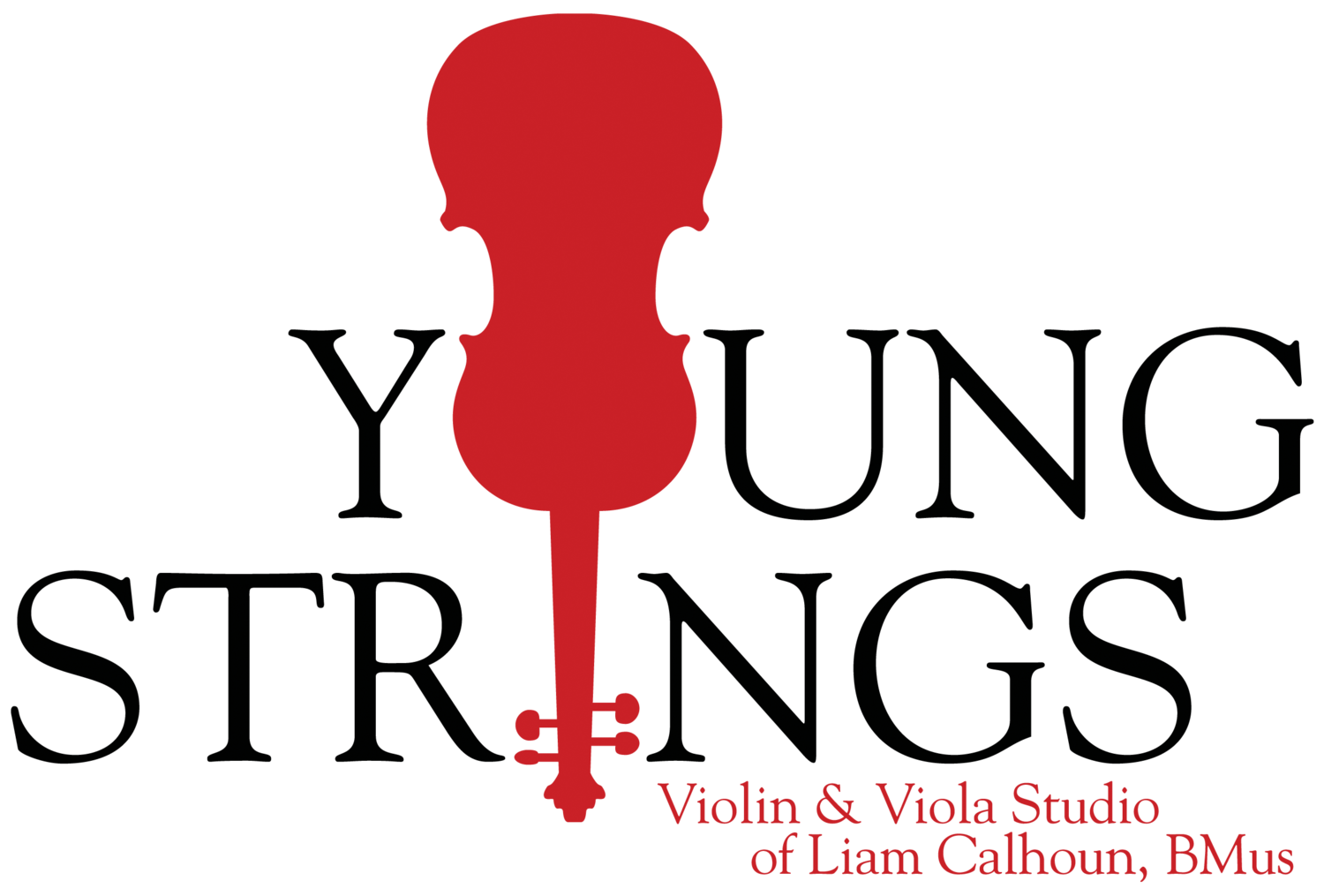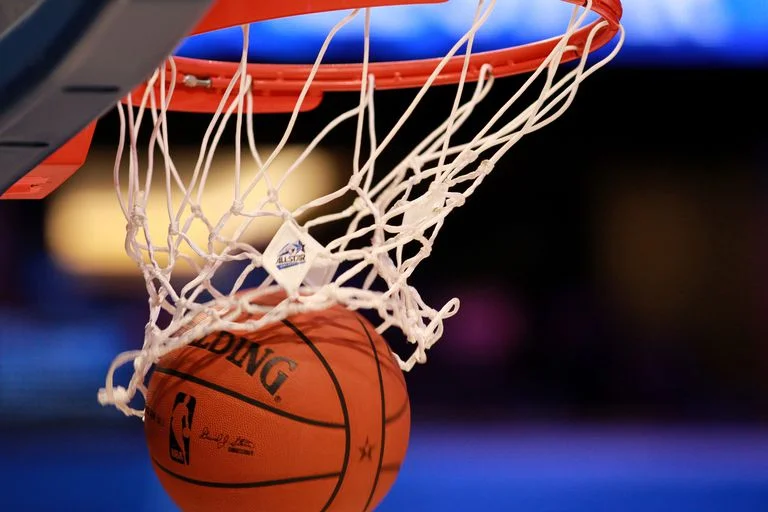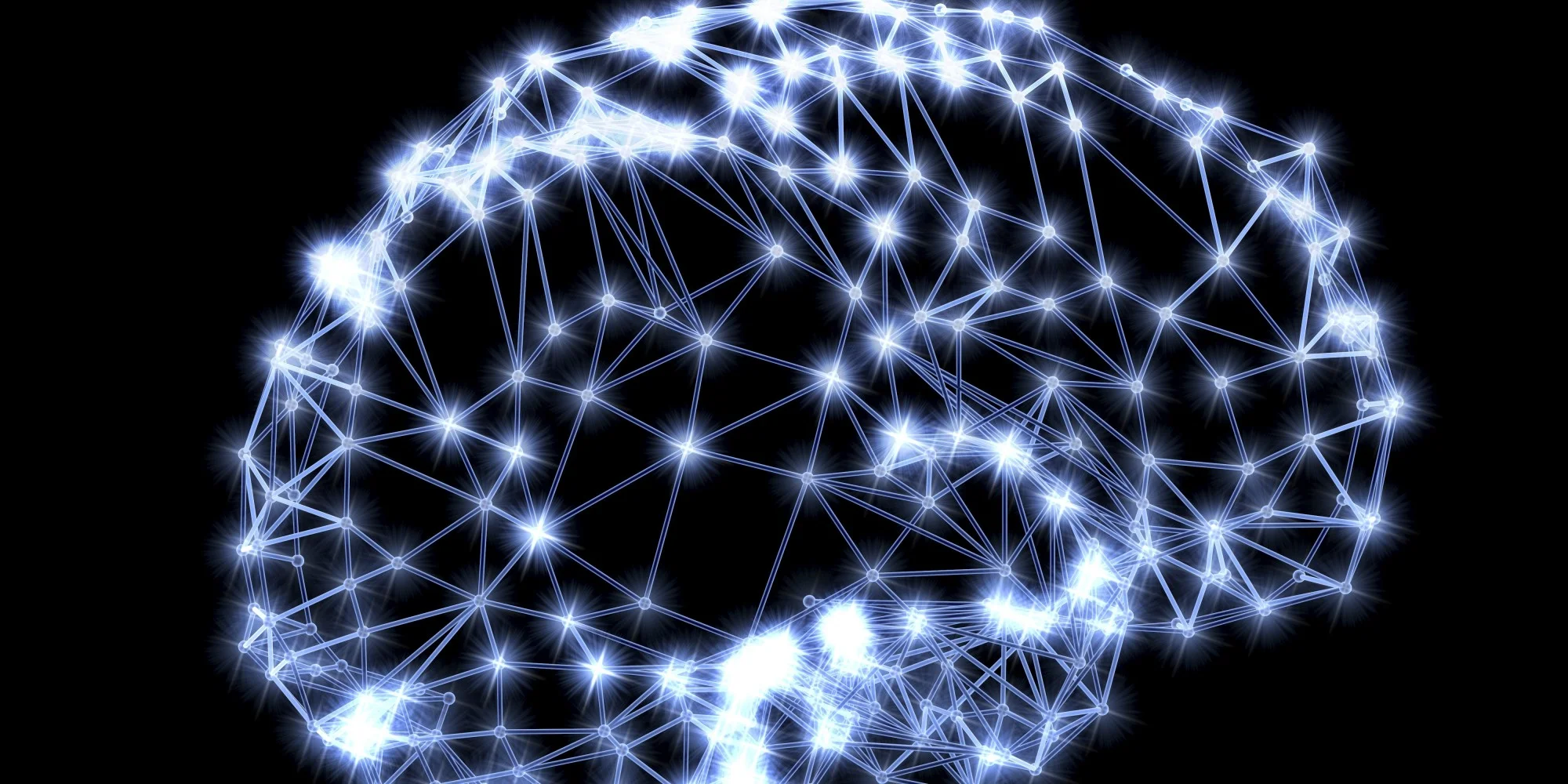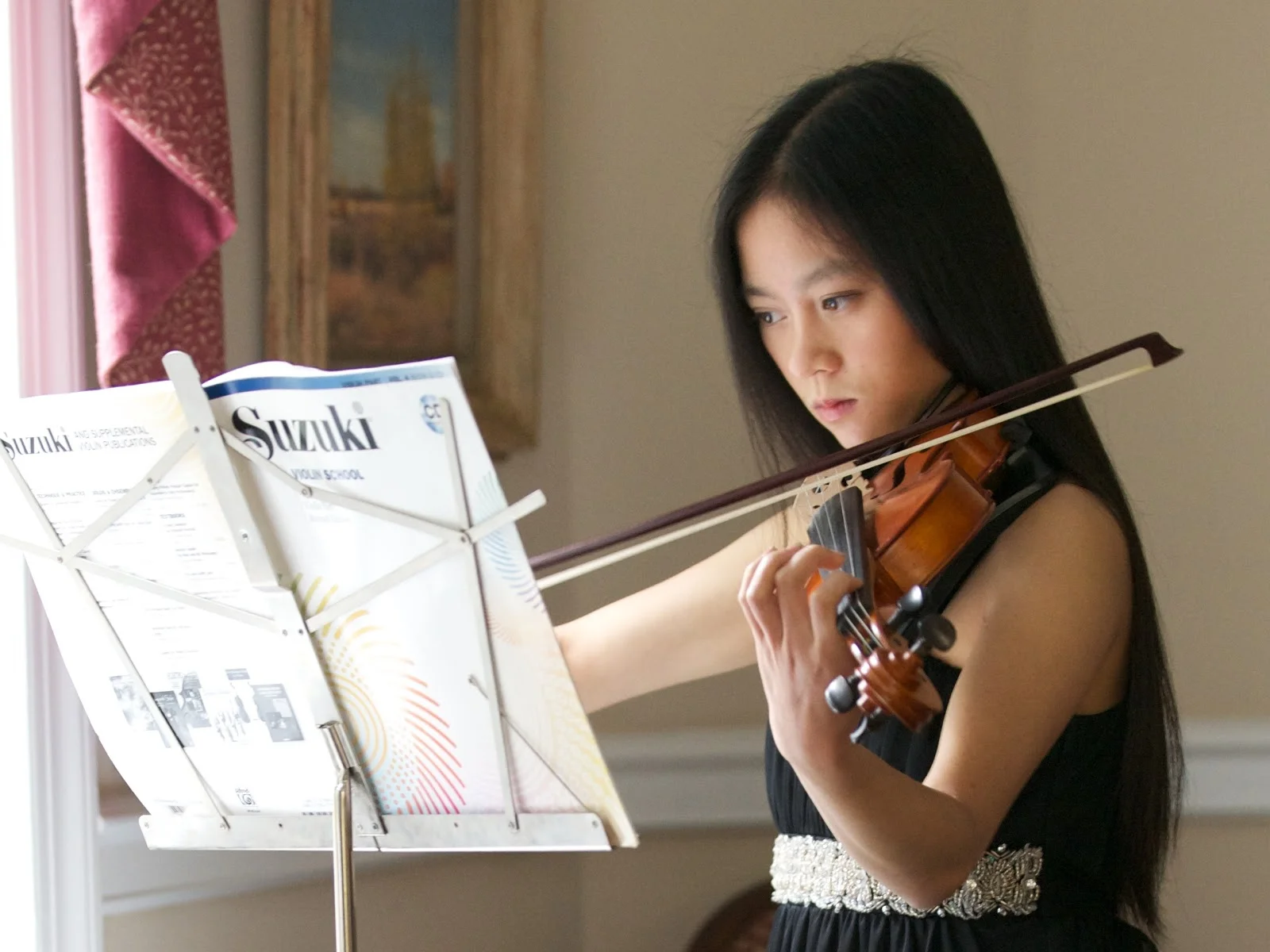Practicing and Visualization
I’ve been thinking a lot about visualization, practice habits, and quality repetitions when teaching my students how to practice lately. This was mostly spurred by my reading about the famous Basketball Study by Dr. Biasiotto at the University of Chicago.
Free-throws are a skill that requires predictable, extremely precise actions. This mirrors the technically demanding aspects of music quite accurately.
This study’s purpose was to compare the effects of physical practice versus mental practice on different groups of basketball players’ free throw accuracy. Dr. Biasiotto created three groups of basketball players at different free-throw skill levels: complete novices, skilled athletes already competent at free throws, and an intermediate group.
Each group was further divided into two sub-groups: half would physically practice their free-throws, the others would only mentally practice. After a period of respective practice, all the groups were re-tested on their free throw ability.
The results were very interesting: in both the intermediate and advanced groups, both the mental and physical practice groups improved by nearly the same amount. However, in the novice group, improvements were only made by those physically practicing free throws.
So what do these results tell us? Both mental practice and physical practice are beneficial in solidifying skills that we already know – literally reinforcing the neural pathways in our brains.
It is quite interesting though, that the same phenomenon did not occur with the novice group, as they did not have the existing pathways to reinforce in their brains with mental rehearsal.
So how does this apply to learning to play the violin with good practice habits? We must first understand that there are two different categories of practice: reinforcement of existing skills, and the ‘learning’ of new skills that create new neural pathways.
Reinforcement of existing skills with music might include running through a piece of music that you already know in order to prepare for a performance, or rehearsing some technique in order to warm up. Practicing to learn new skills might include a new bow technique, or learning new notes that are in an unfamiliar pattern.
Slow practice is fast practice - taking one's time to focus on improving the weakest aspect of their playing takes tremendous focus and can be painful and tedious, but results in significant improvement in a short amount of time.
Where we need to be very careful in practicing, is distinguishing between these two types of practicing. Practicing existing skills is more gratifying, as we can go into a sort of conscious autopilot mode, where focus can be put more on the big picture rather than very small specific techniques. On the other hand, learning new skills requires very technical deliberation, problem solving, and focus.
Where beginners often get things wrong, is going on ‘autopilot’ far too early, using incorrect technique and less than ideal sound. This in turn reinforces these ‘incorrect’ neural pathways, and creates bad habits. When doing this, you are literally getting better at playing something wrong!
It is very difficult to look at your own practicing process objectively, but the same themes always remain: practice slowly, deliberately, and visualize what exactly you are trying to accomplish on each repetition.





